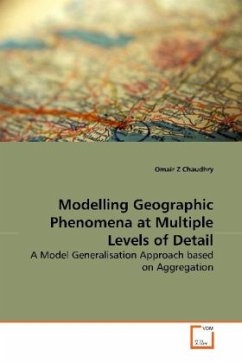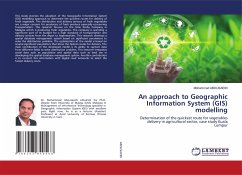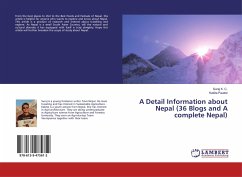Considerable interest remains in capturing once
geographical information at the fine
scale, and from this, automatically deriving
information at various levels of detail
and scale via the process of map generalisation. This
research presents a model (database) generalisation
approach able to support the derivation of phenomena
typically present at 1:250,000 scale mapping
directly from a large scale topographic database.
Such transformation involves creation
of composite objects, such a settlement, forest,
hills and ranges, from component objects, such a
buildings, trees, streets, and vegetation in the
source database. In order to perform this
transformation it is important to model the meaning
and relationships among source database objects
rather than to consider the object in terms of their
geometric primitives (points, lines and polygons).
The proposed approach involves identification of such
relationships and then utilising these relationships
to create higher order objects. The utility of the
results obtained is demonstrated using spatial
analysis techniques and the creation of links
between objects at different representations needed
for MRDBs.
geographical information at the fine
scale, and from this, automatically deriving
information at various levels of detail
and scale via the process of map generalisation. This
research presents a model (database) generalisation
approach able to support the derivation of phenomena
typically present at 1:250,000 scale mapping
directly from a large scale topographic database.
Such transformation involves creation
of composite objects, such a settlement, forest,
hills and ranges, from component objects, such a
buildings, trees, streets, and vegetation in the
source database. In order to perform this
transformation it is important to model the meaning
and relationships among source database objects
rather than to consider the object in terms of their
geometric primitives (points, lines and polygons).
The proposed approach involves identification of such
relationships and then utilising these relationships
to create higher order objects. The utility of the
results obtained is demonstrated using spatial
analysis techniques and the creation of links
between objects at different representations needed
for MRDBs.








